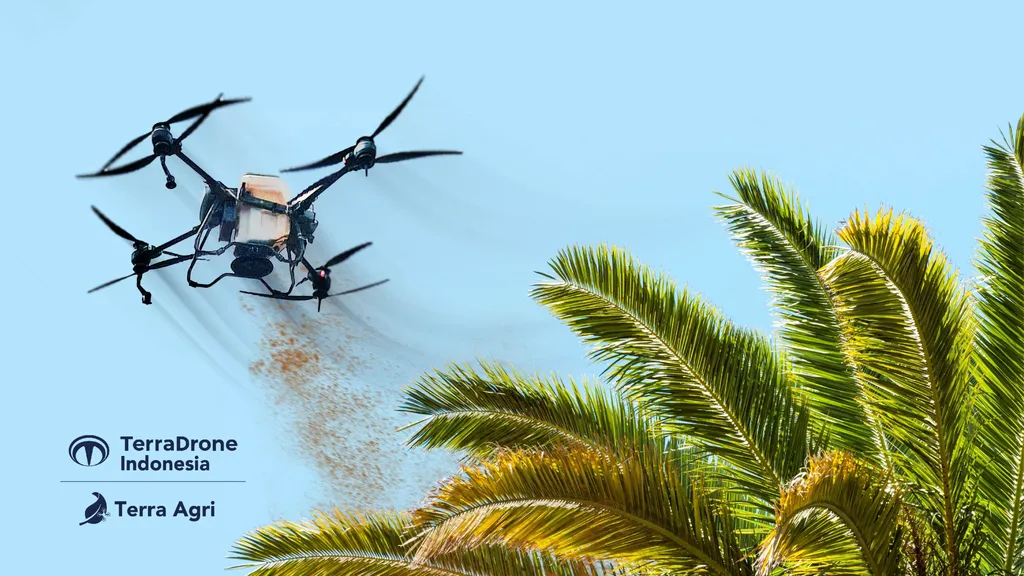In the heart of Indonesia, a team of researchers led by Jaka Widada from the Department of Agricultural Microbiology at Universitas Gadjah Mada is pioneering a novel approach to tropical upland restoration that could revolutionize the agriculture sector. Their work, recently published in *Frontiers in Forests and Global Change*, offers a promising solution to the pressing issue of upland degradation, which has long plagued tropical regions worldwide.
The traditional methods of reforestation have often fallen short, grappling with high costs, low seedling survival rates, and a lack of community involvement. Widada and his team propose an integrated framework that combines cutting-edge technology, nature-based solutions, and circular bioeconomy principles to address these challenges head-on.
At the forefront of this innovative approach is the use of unmanned aerial vehicles (UAVs), or drones, for precise and scalable seed distribution. “Drones allow us to reach areas that are otherwise inaccessible, greatly reducing labor and time,” explains Widada. This technology not only enhances the efficiency of restoration efforts but also opens up new avenues for commercial applications in the agriculture sector. Farmers and land managers could leverage drones for targeted planting and monitoring, leading to improved crop yields and reduced environmental impact.
Complementing the technological aspect is the use of arbuscular mycorrhizal fungi (AMF), which play a crucial role in plant establishment. AMF enhances nutrient uptake, water absorption, and microbial diversity, particularly in degraded soils. This biological component ensures that the plants have a robust foundation for growth, ultimately leading to more resilient and productive landscapes.
The framework is further strengthened by the integration of circular bioeconomy principles. This approach promotes the use of biodegradable inputs, local biomass, and species with both ecological and economic value. By creating a closed-loop system, the model not only restores ecological functions but also generates rural employment and reduces dependence on external inputs. “This synergy of technology, biology, and circular systems thinking offers a modular, adaptive, and community-based solution,” says Widada.
The implications for the agriculture sector are profound. The integration of drones and AMF can lead to more efficient and sustainable land management practices. Farmers can benefit from increased crop yields and improved soil health, while also contributing to broader environmental goals. The circular bioeconomy model further enhances the economic viability of restoration efforts, creating new opportunities for rural communities and businesses.
As the world grapples with the challenges of climate change and biodiversity loss, innovative solutions like those proposed by Widada and his team are more critical than ever. Their work aligns with global agendas such as the UN Decade on Ecosystem Restoration and the Sustainable Development Goals, offering a blueprint for regenerative landscapes that are both ecologically sound and economically viable.
In the coming years, we can expect to see a growing adoption of these integrated approaches in the agriculture sector. The use of drones for precision planting and monitoring, coupled with the application of AMF and circular bioeconomy principles, will likely become standard practices in upland restoration and sustainable agriculture. This shift not only promises to enhance ecological resilience but also to drive economic growth and community development in tropical regions around the world.

